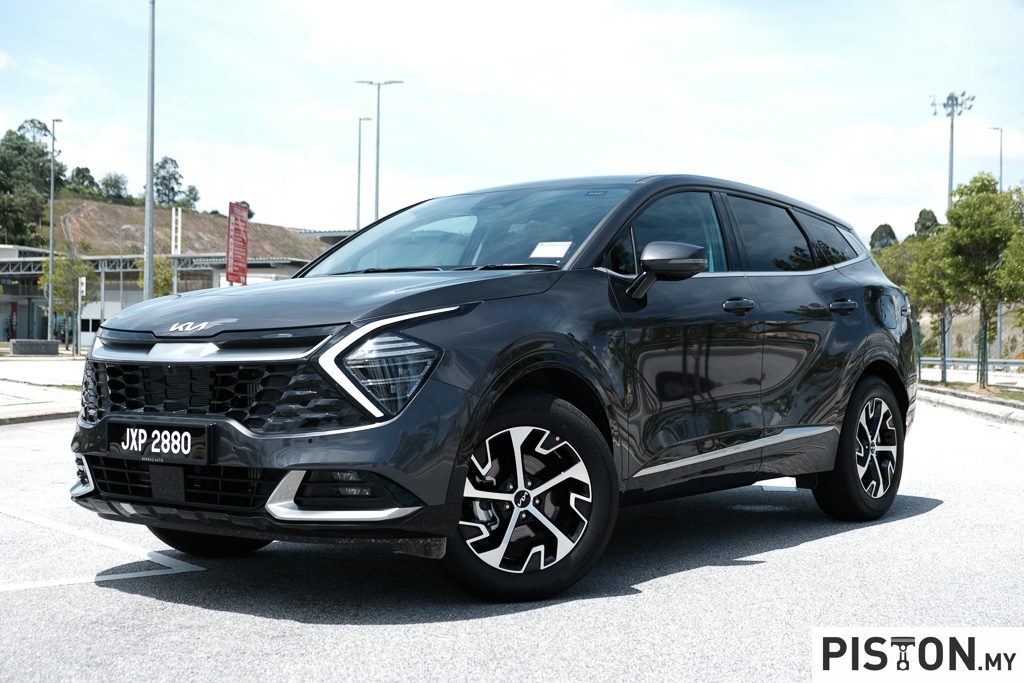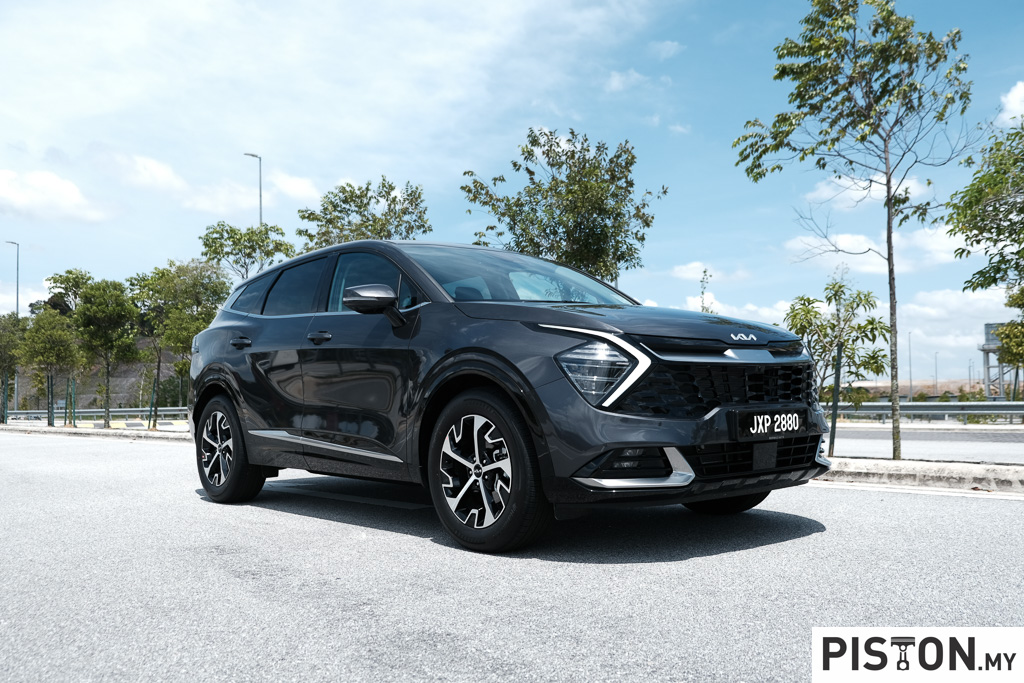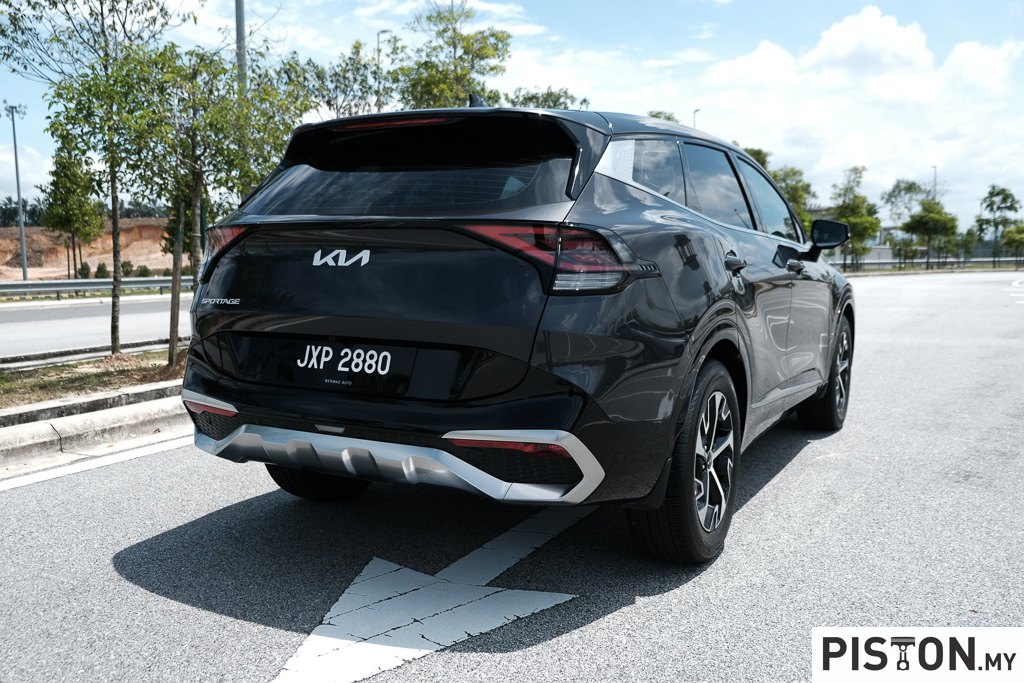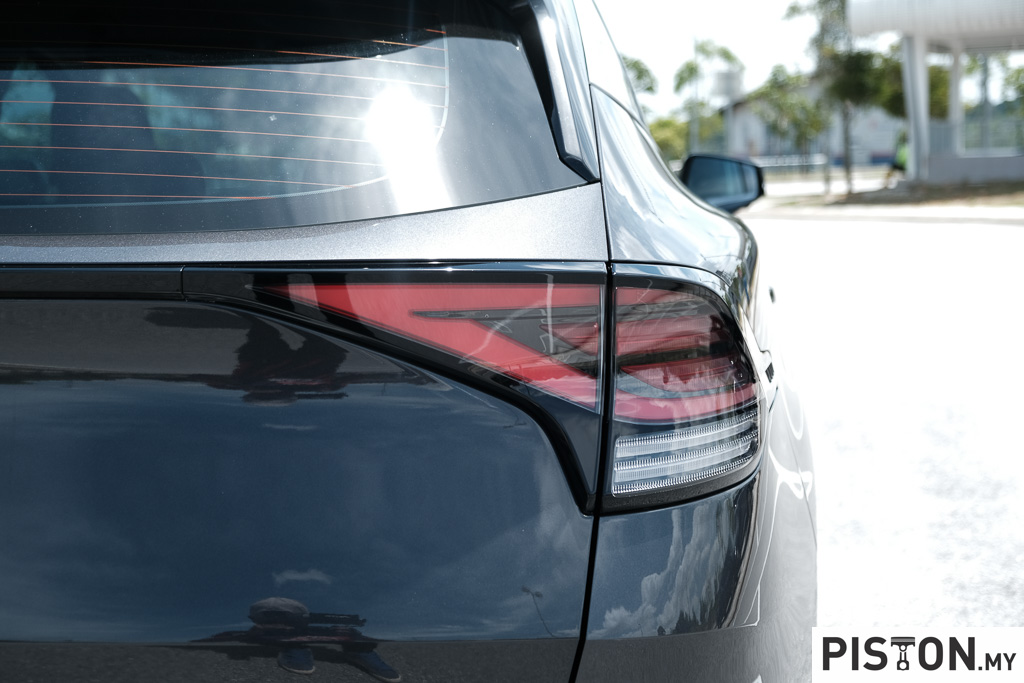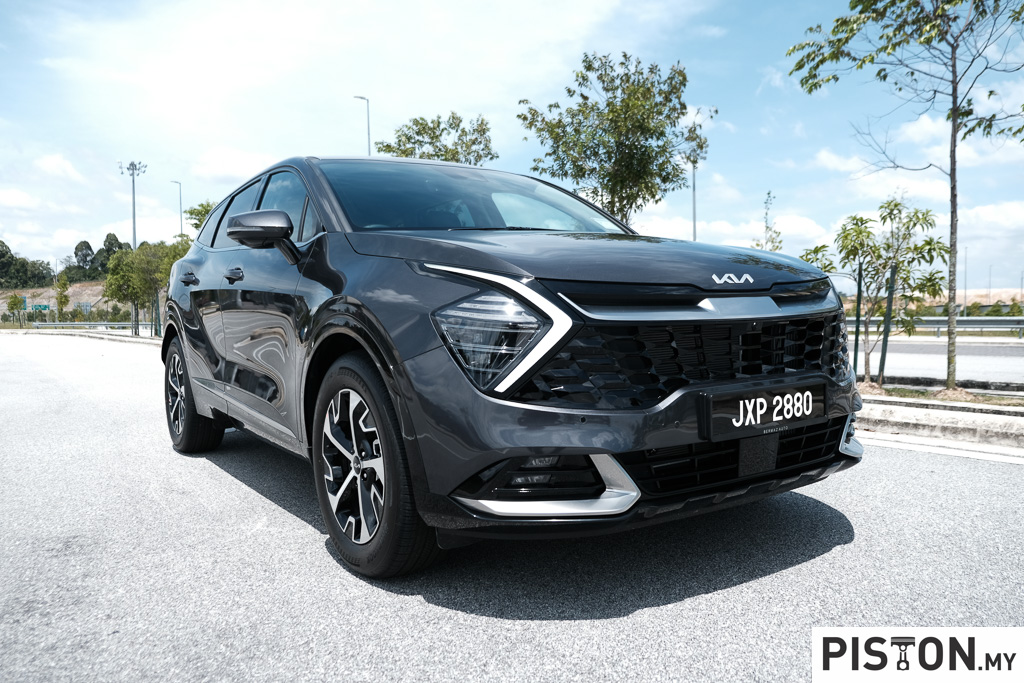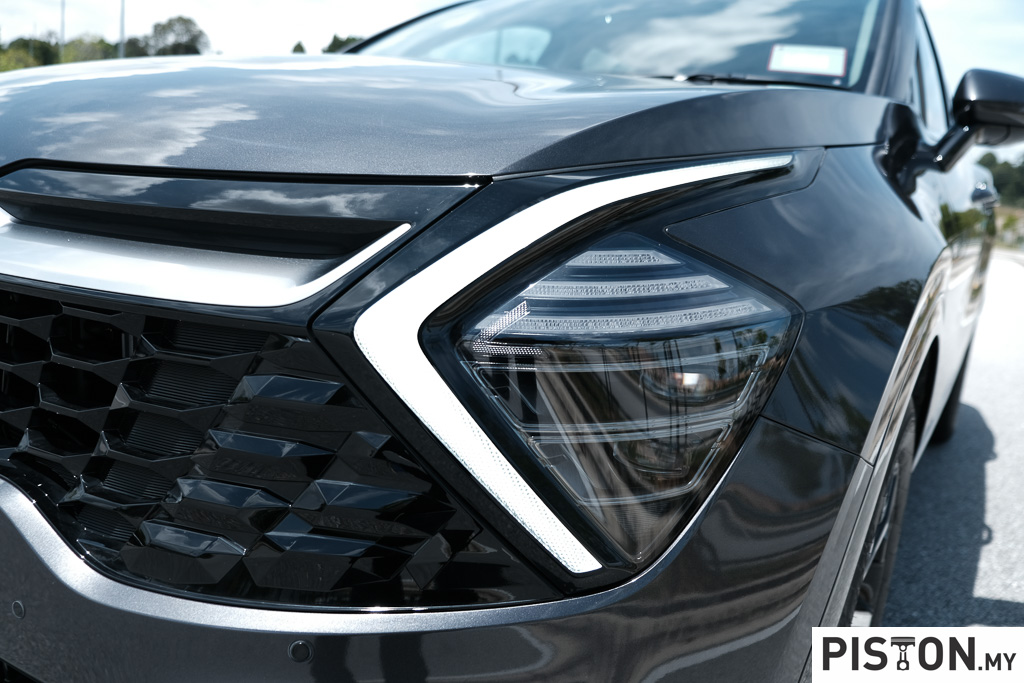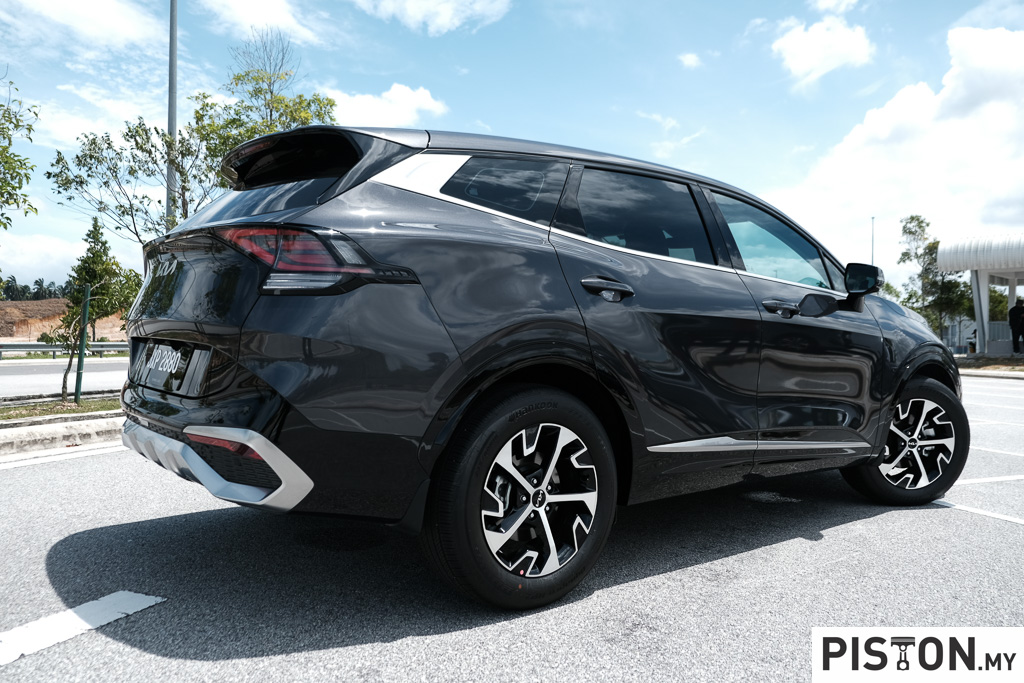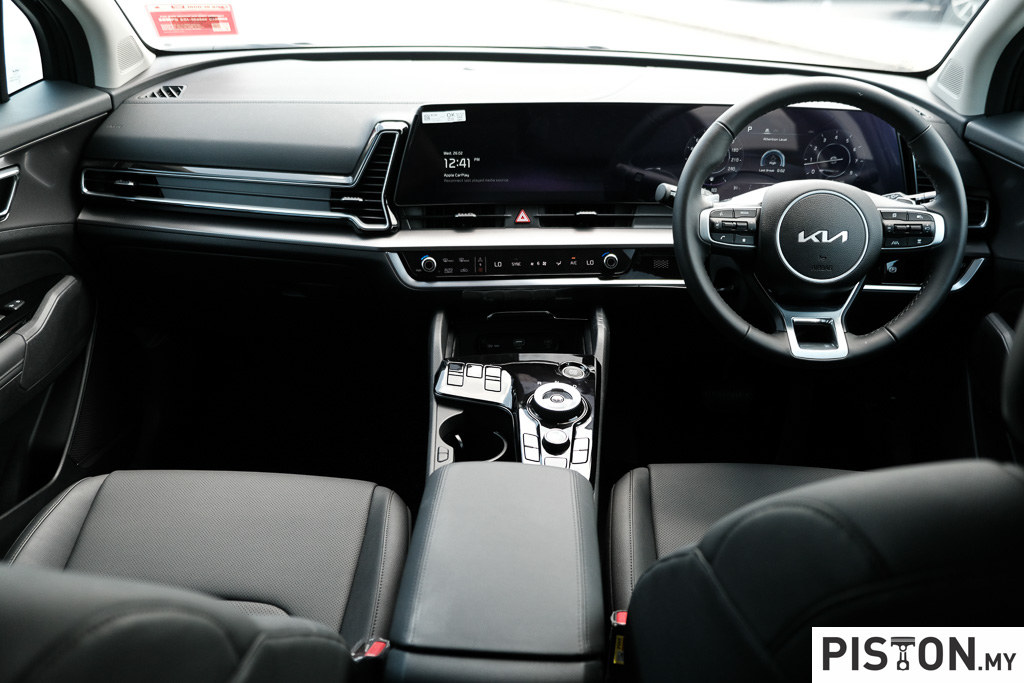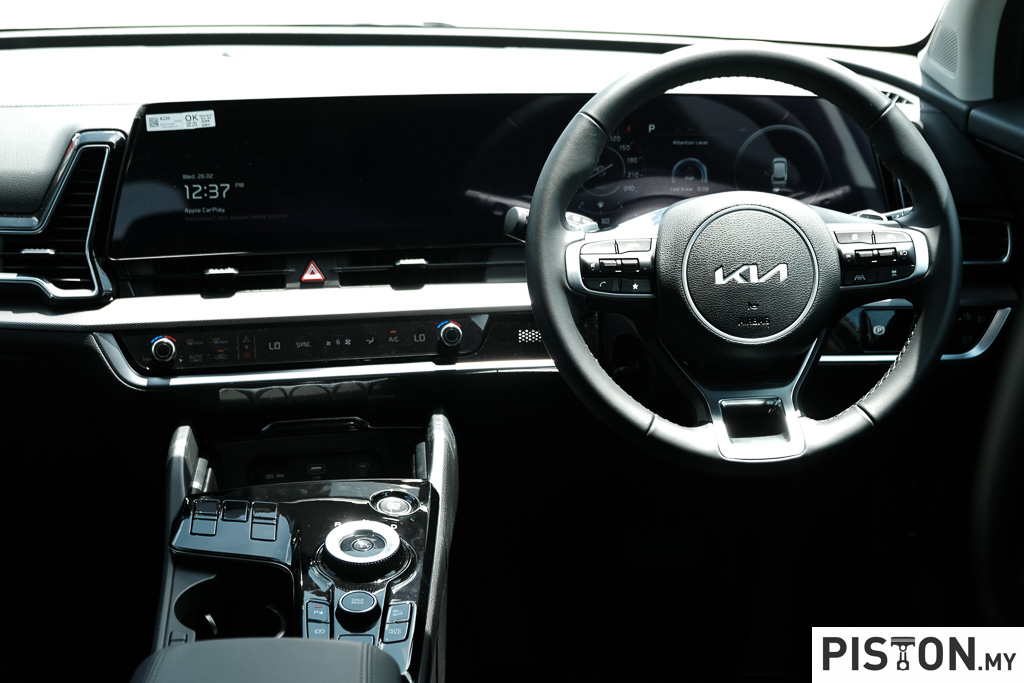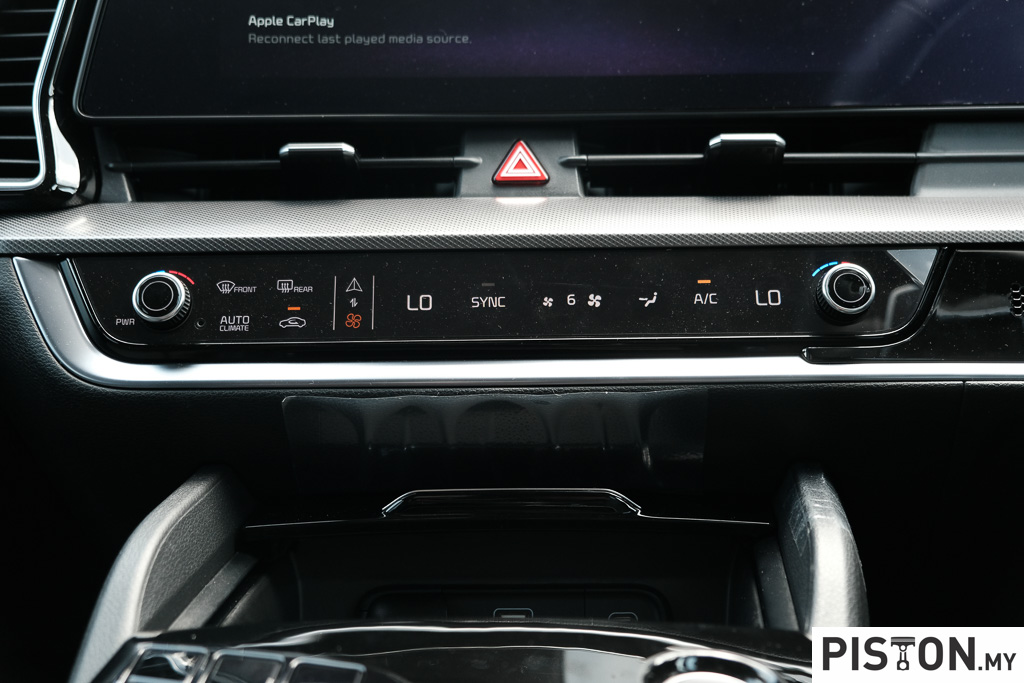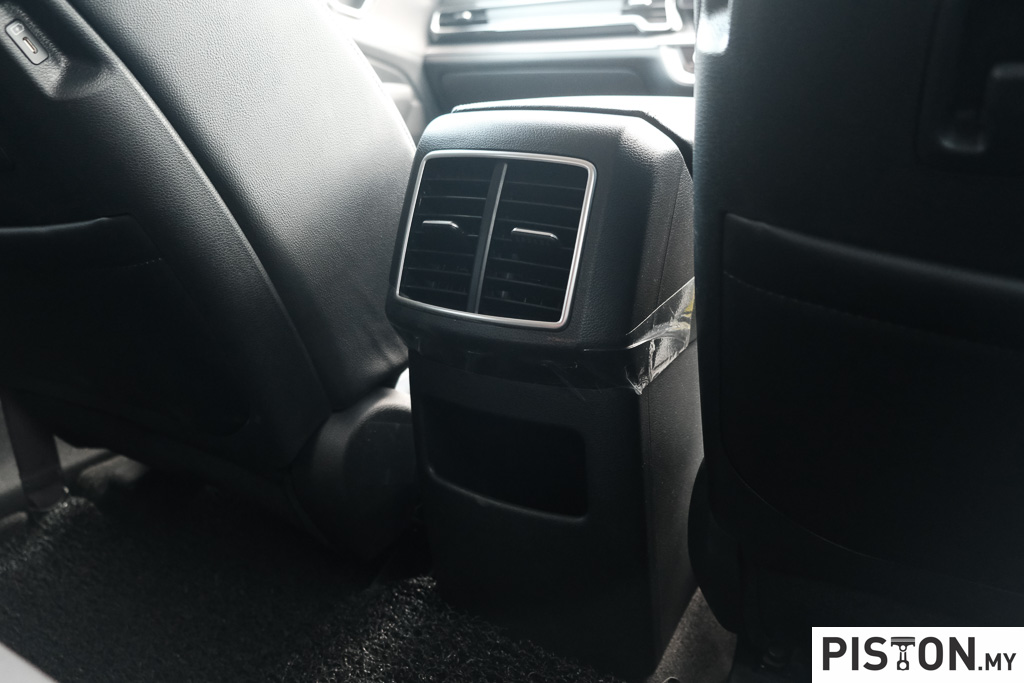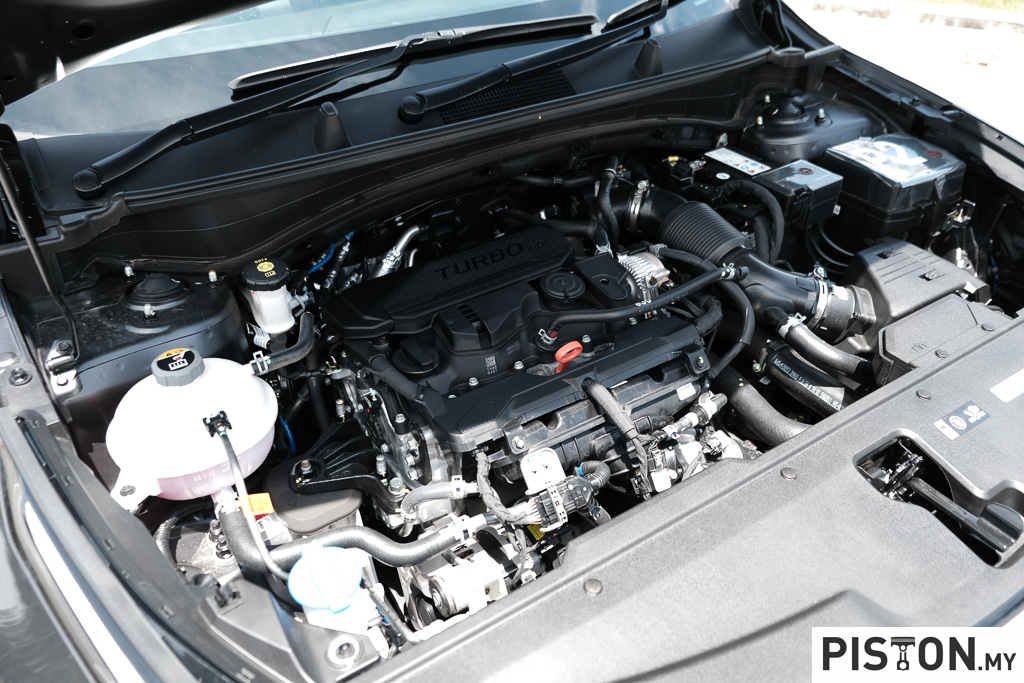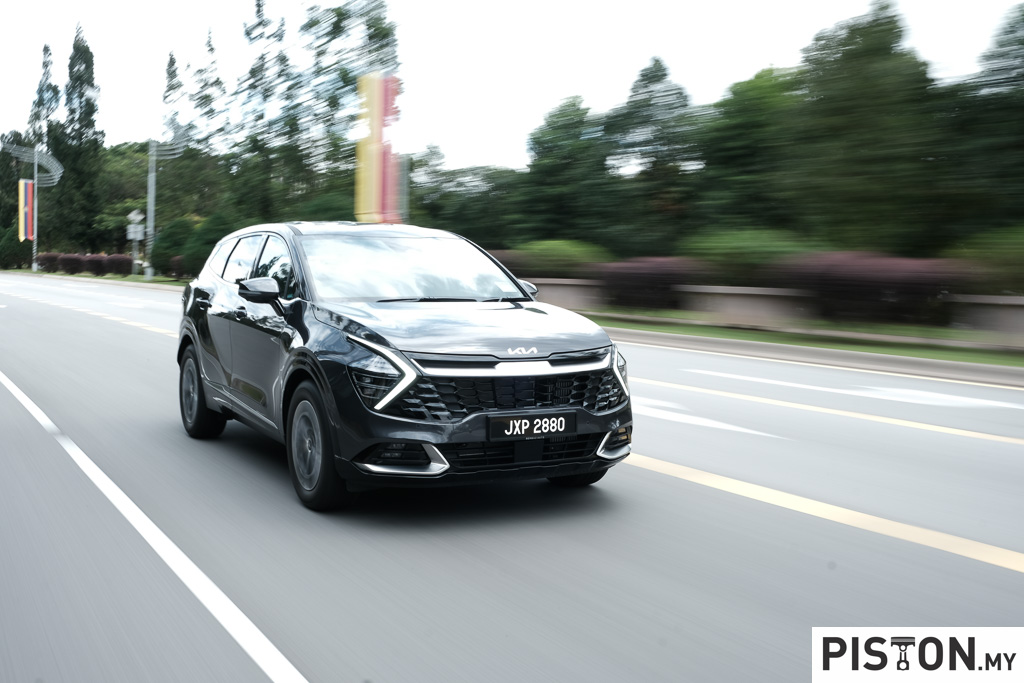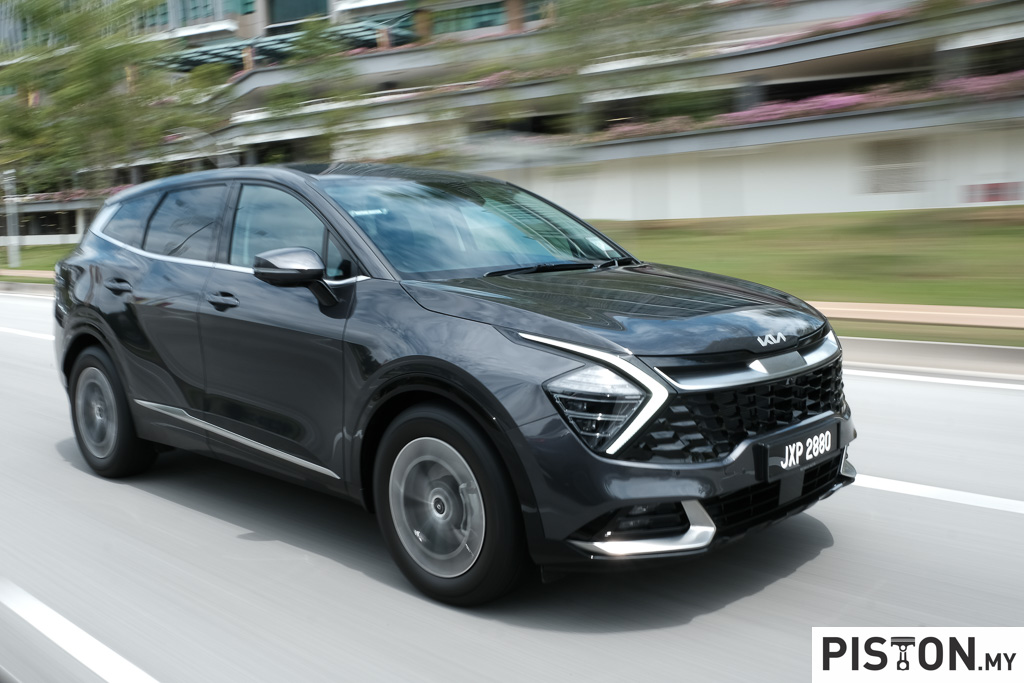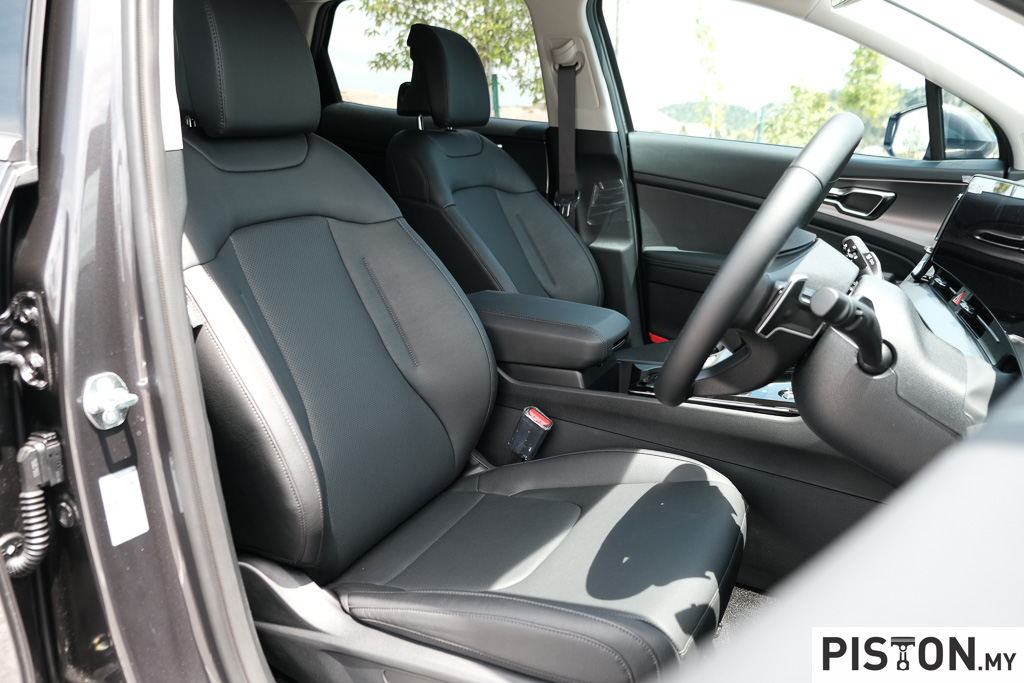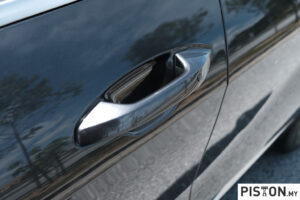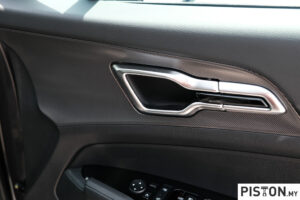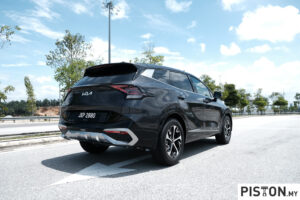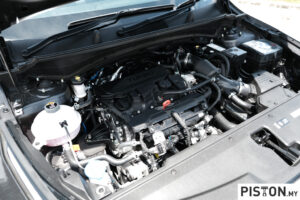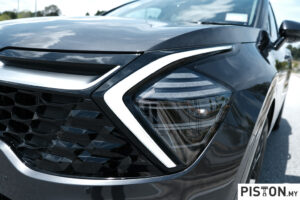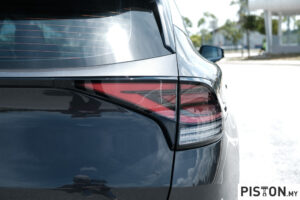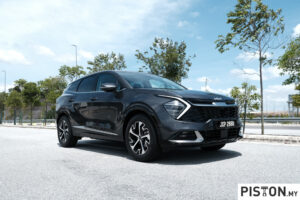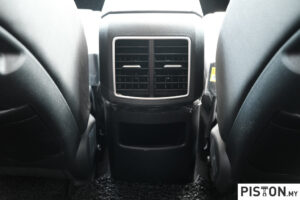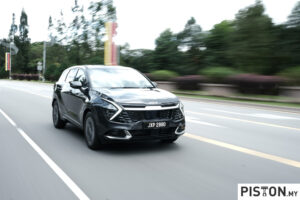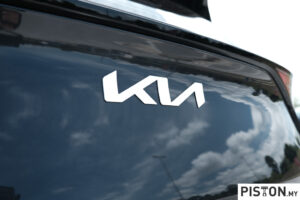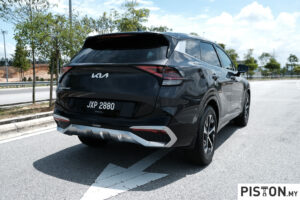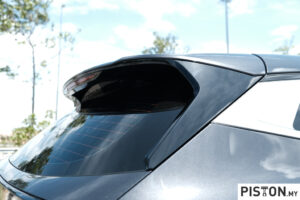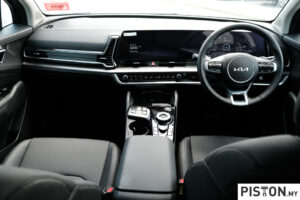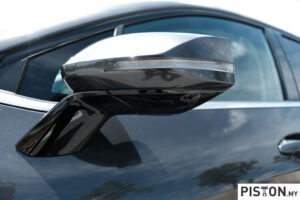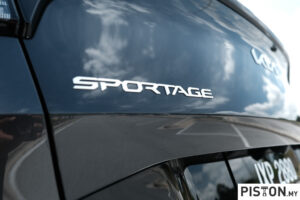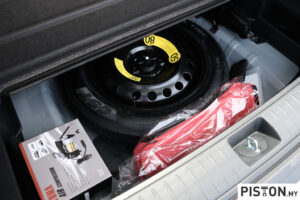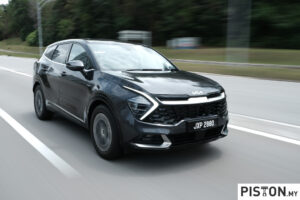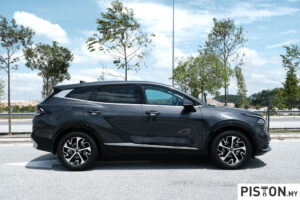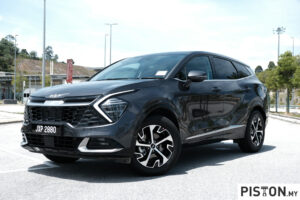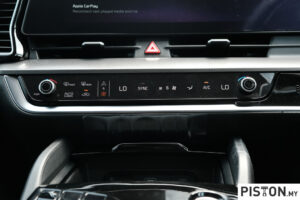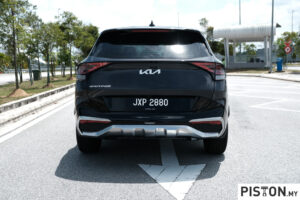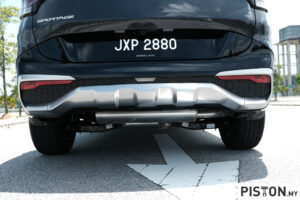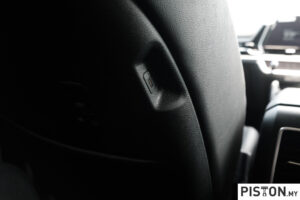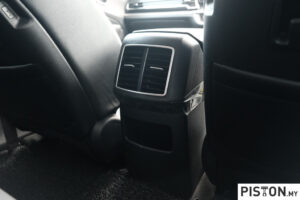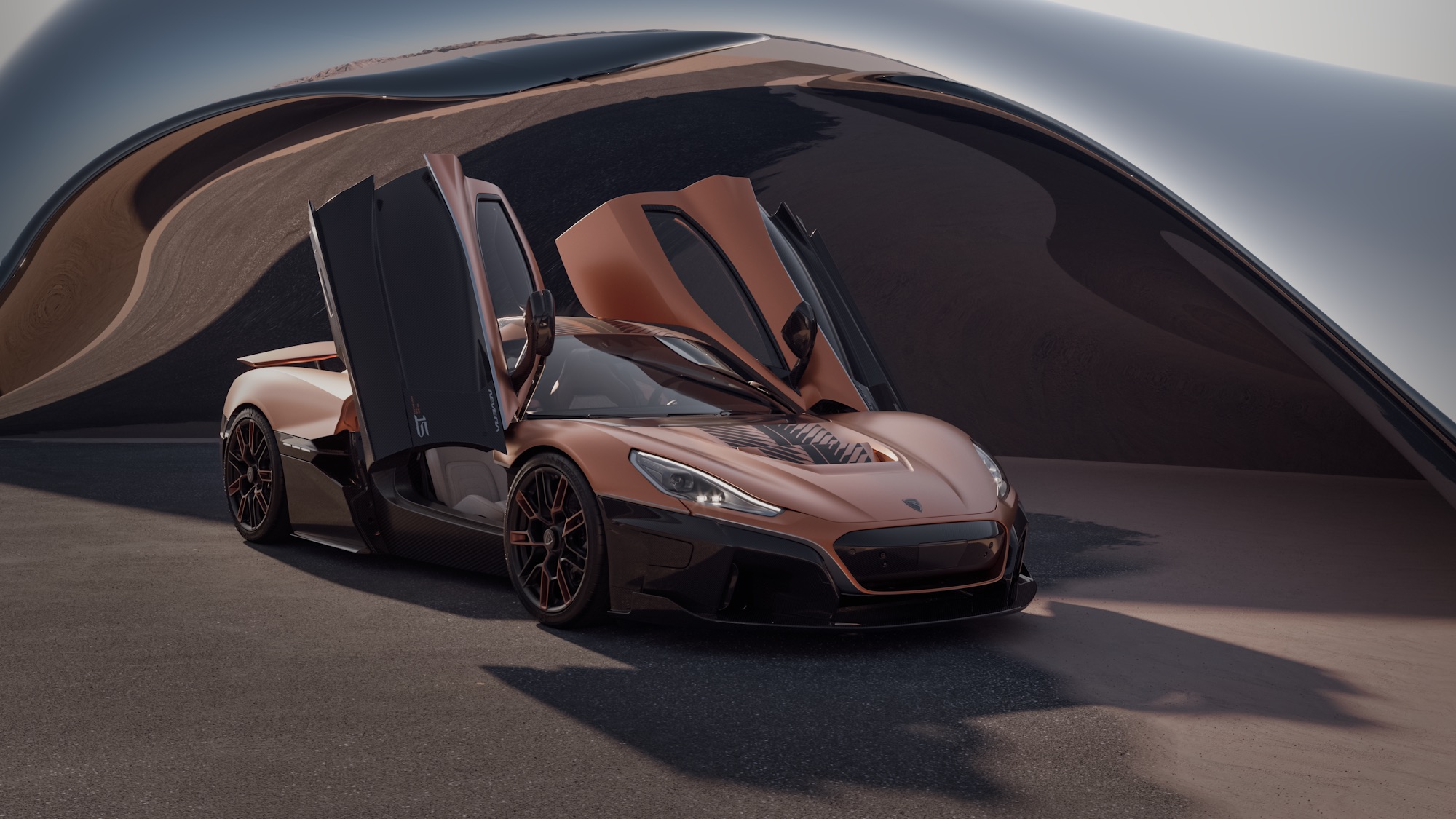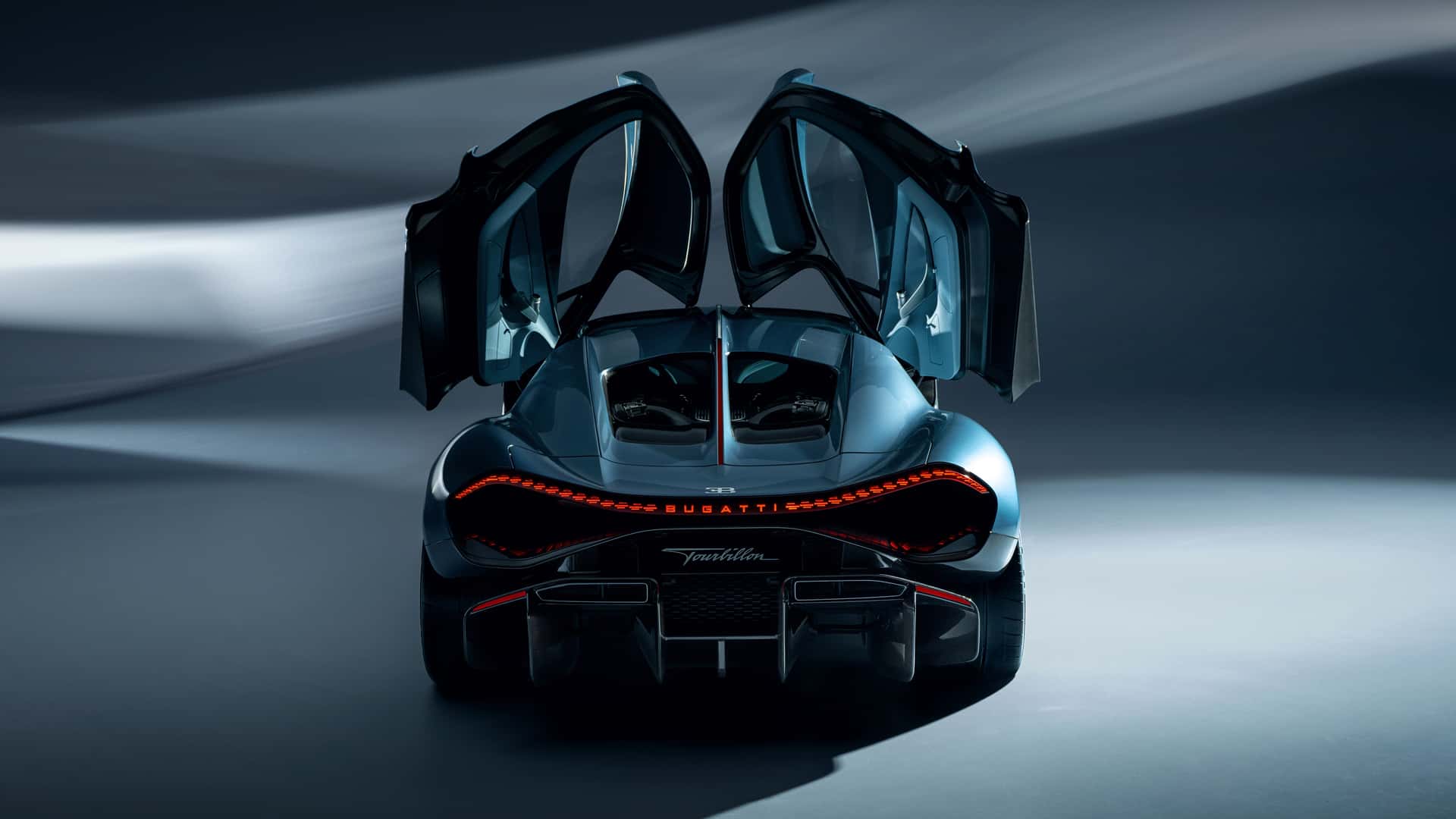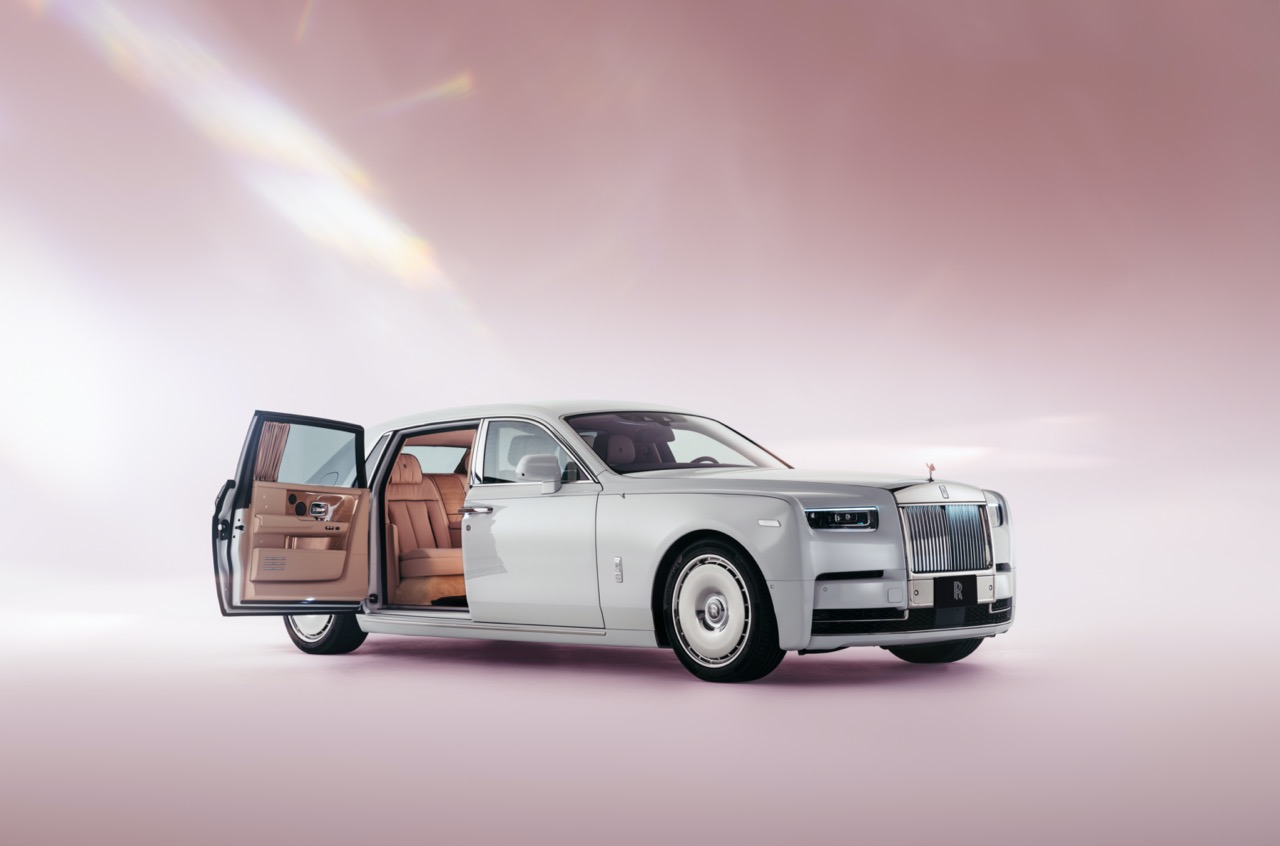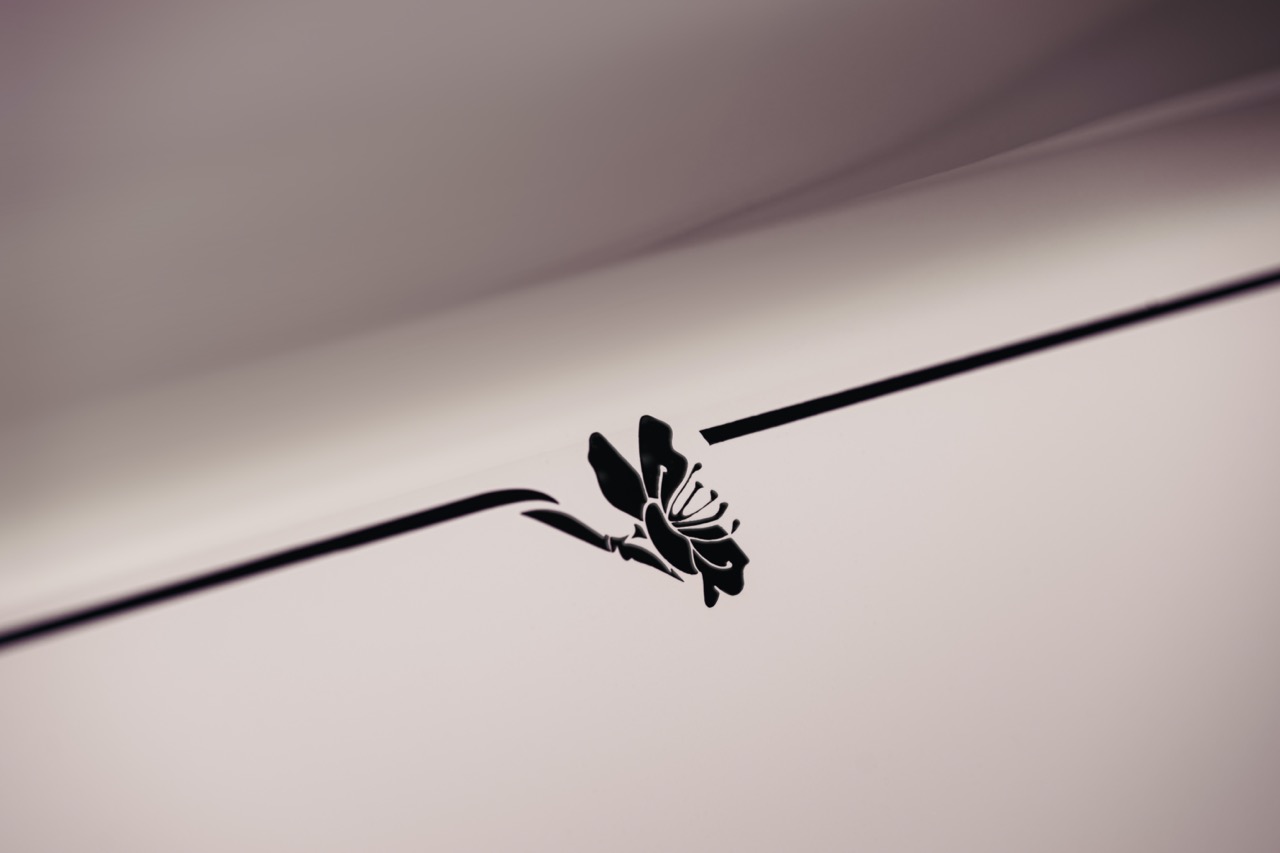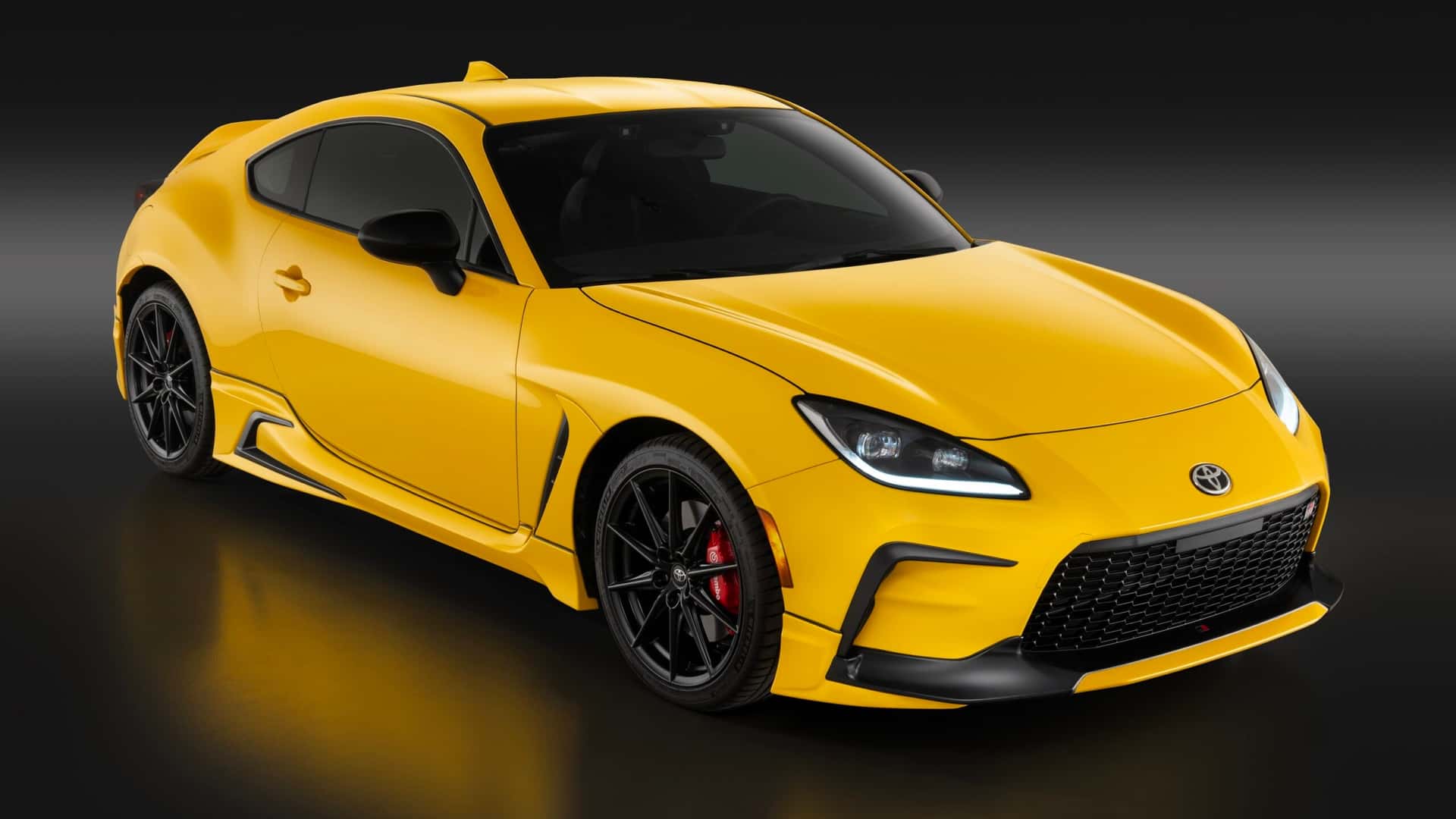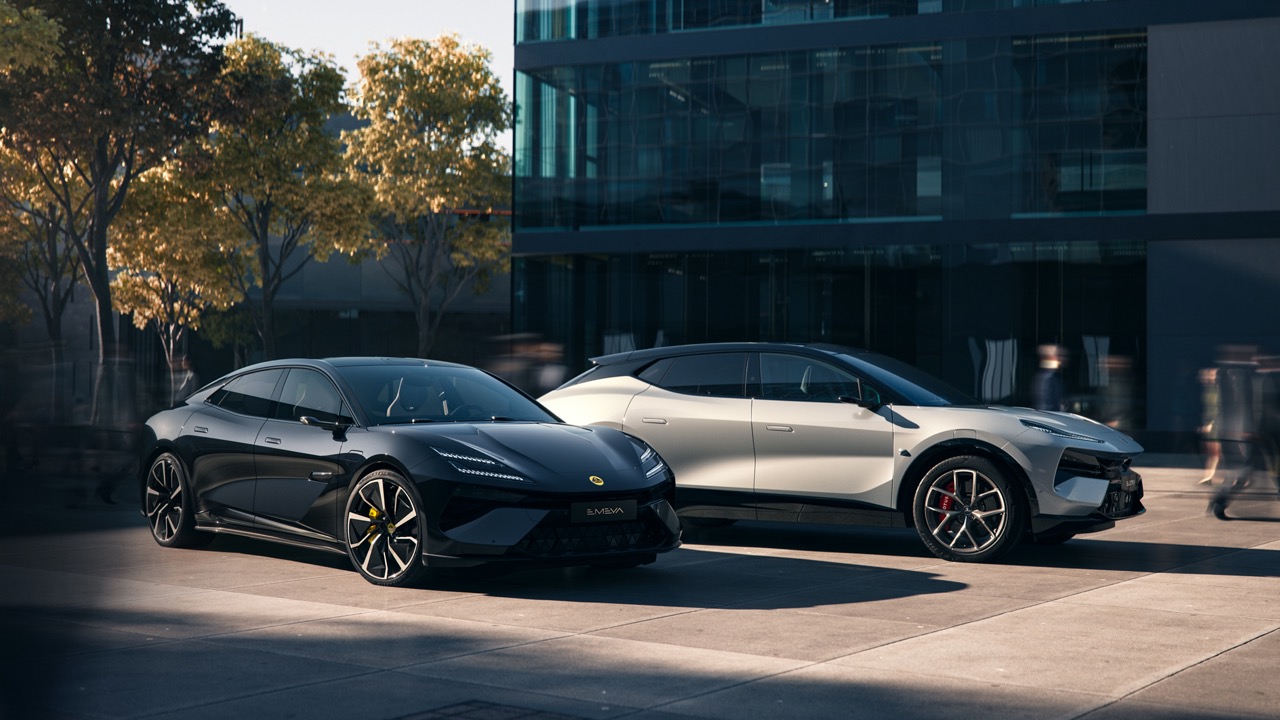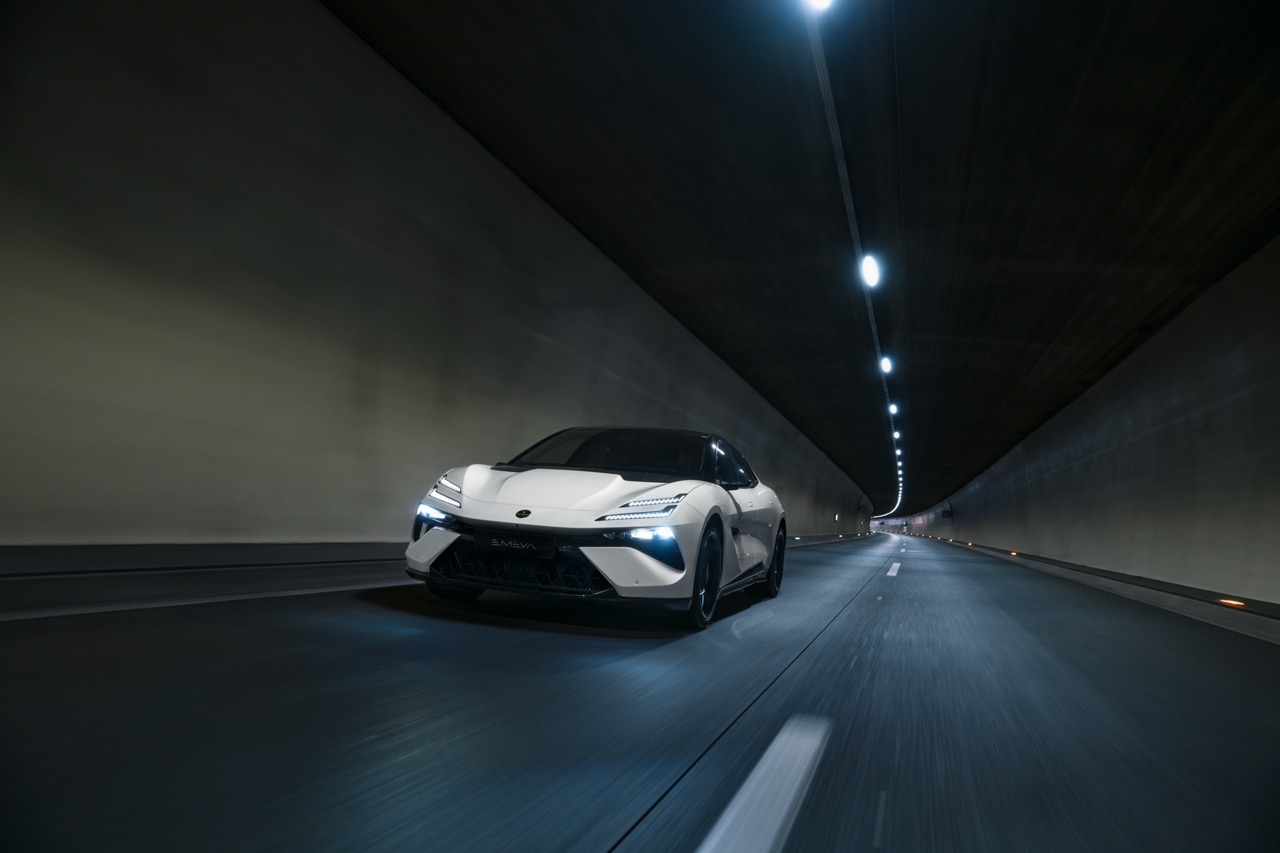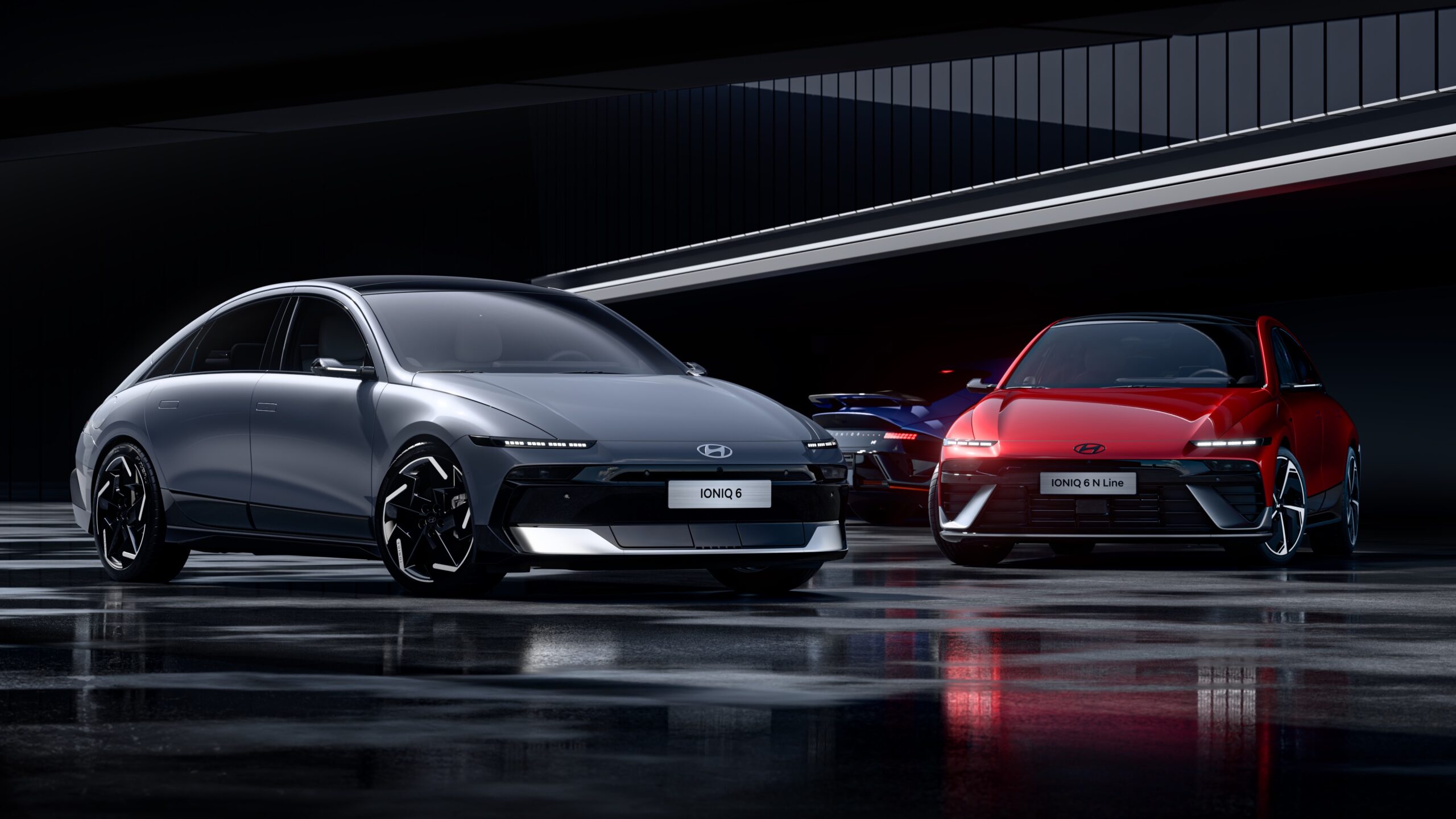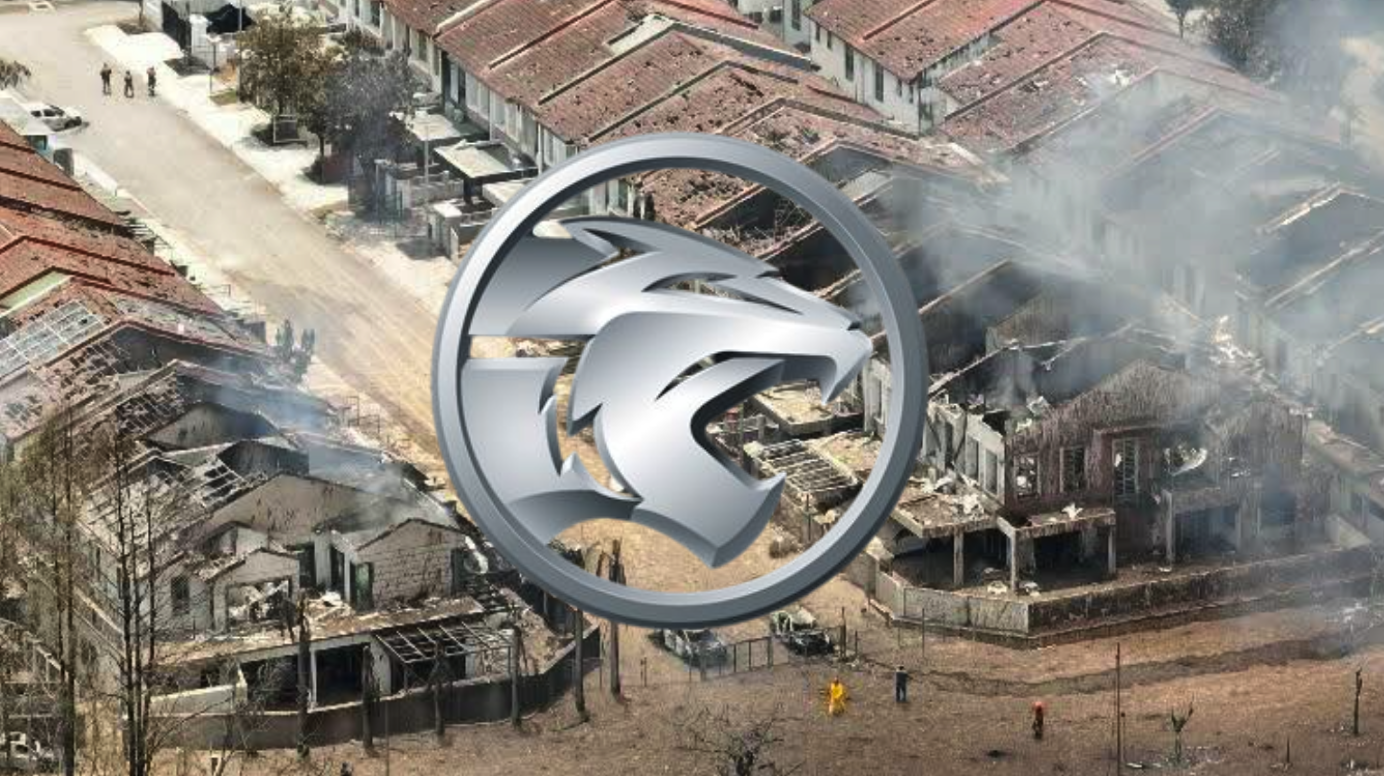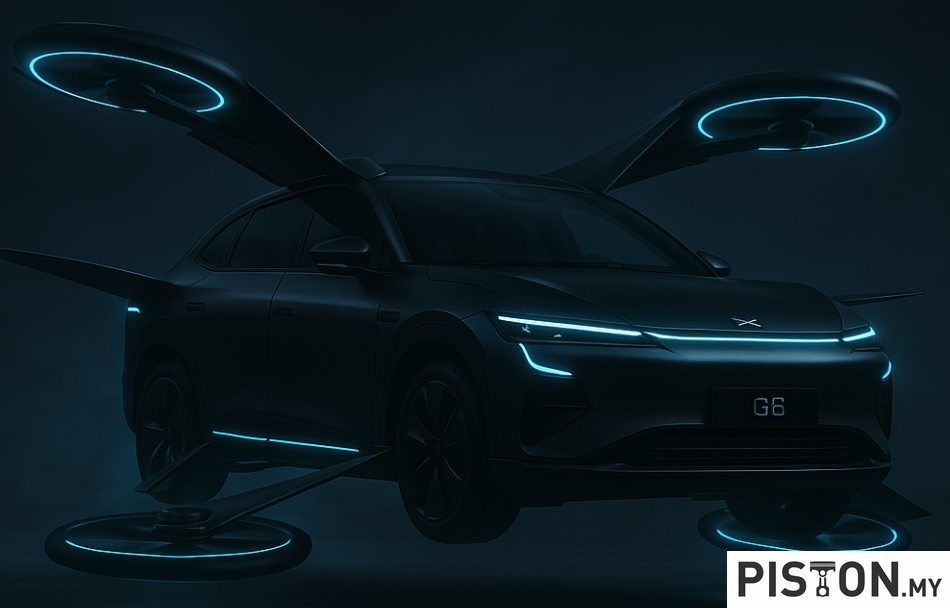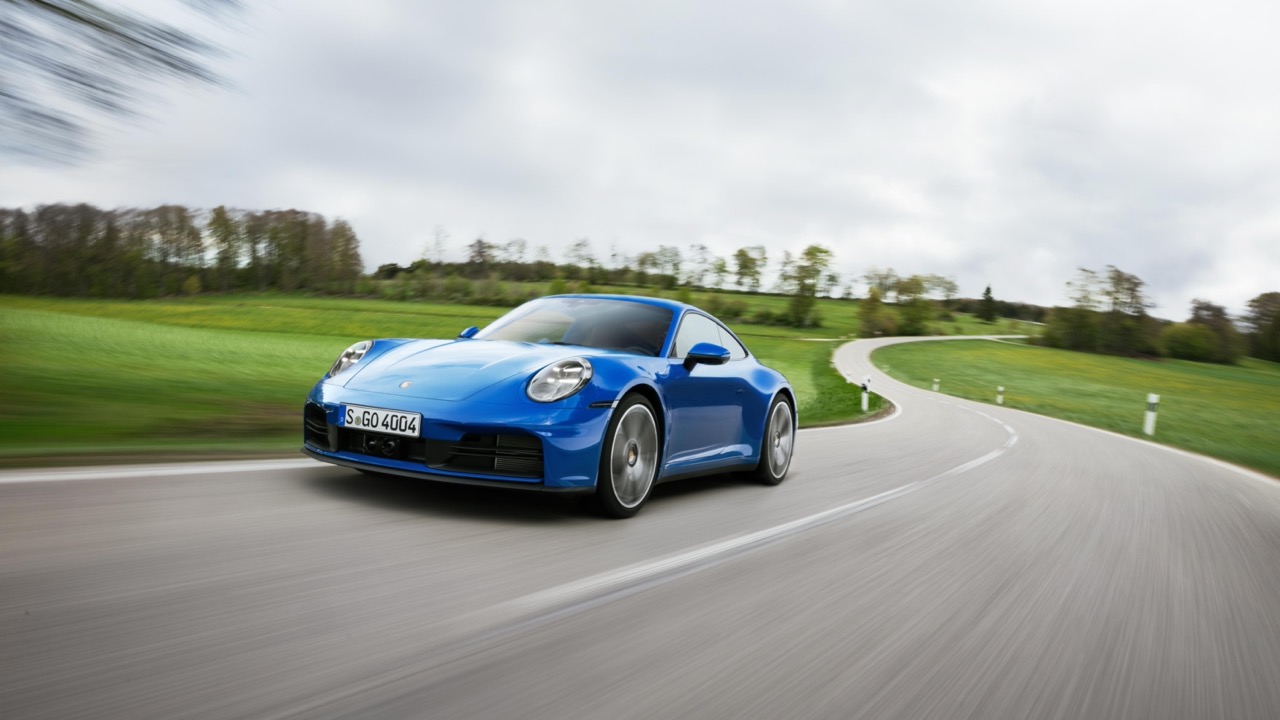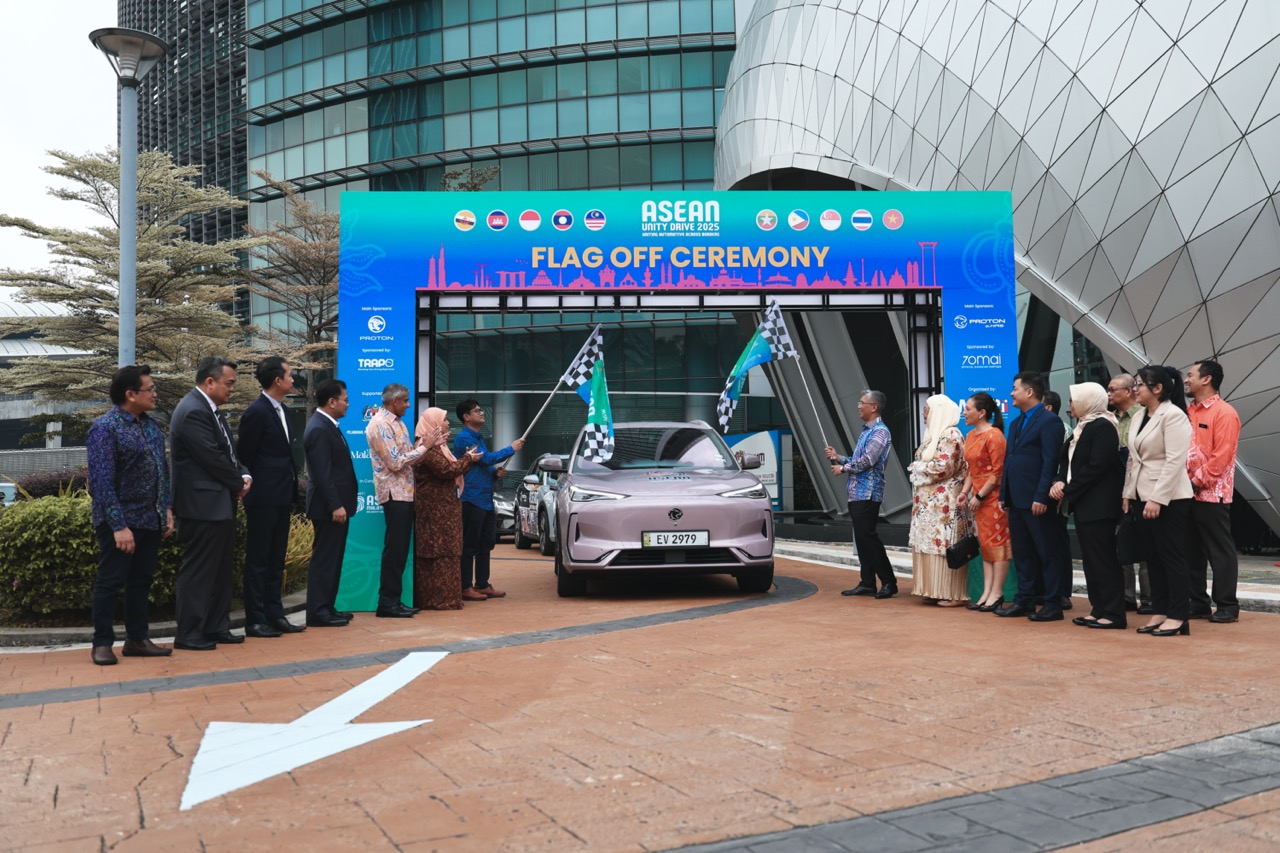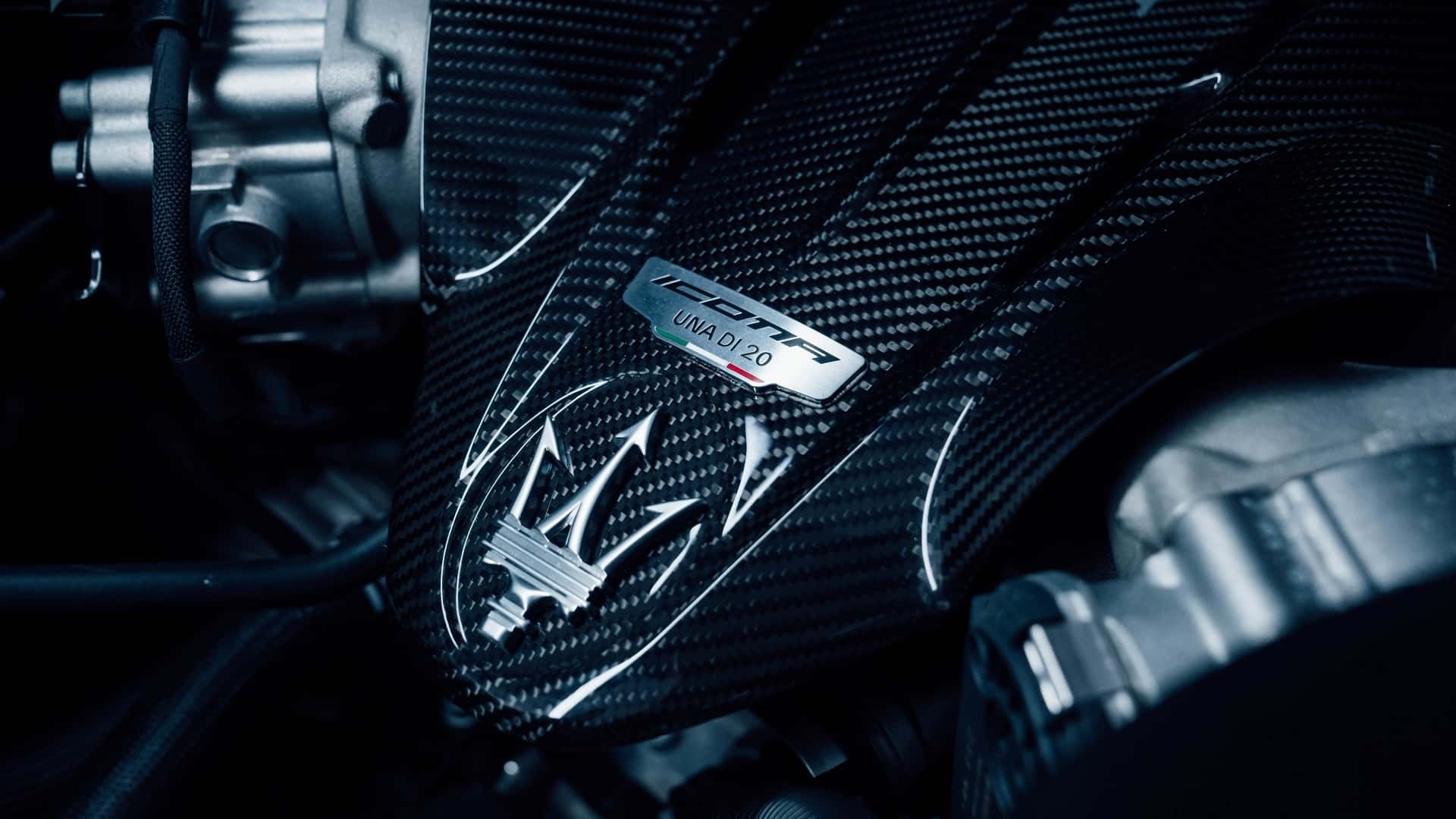The advent of Chinese cars has claimed many victims, most of them from legacy brands. But that is not necessarily a bad thing because every once in a while, the market needs a real shake-up and more often than not, it is the buyer that wins.
While there was a time when Korean cars did most of the market shake ups with their bold designs, futuristic interiors and technologies, now it is the Chinese that are doing the shaking.
But while the Chinese variants do have their strengths, particularly in terms of specifications and pricing, the Koreans have their own as well.
I remember a time when car buyers were skeptical about Korean cars. They had everything you would want in a car, and arguably drove pretty well, but the market sentiments were against them particularly the used value and reliability.
But times have changed, and though it is the Chinese that are dominating the headlines these days, cars like the latest generation Kia Sportage which you see here remind us of how far Kia has some, and what it has achieved over the years.
First, a little perspective
The Sportage was first introduced to the Malaysian market around 1998. It went up against the establishment, particularly the Honda CRV, Suzuki Vitara and the Toyota RAV4.
As you could probably imagine, the competition was fierce, but Kia and its local distributor stood by its guns.
The Sportage held its own with its spaciousness, ease of driving and creature comforts. While the competition was tough and the early years was undoubtedly tough, the Sportage found a fanbase.
Fast forward a couple of years and the Kia Sportage is a staple model in its segment. Having survived global economic meltdowns, the Asian financial crisis and other turmoil’s, the Sportage is now one of the “regulars”.
The newcomers though have it squarely in its sights.
The game changer
The Kia Sportage that arguably cemented Kia’s reputation as a serious contender is the third-generation model.
This was the model designed by Peter Schreyer; a legendary automotive designer who moved from Audi to Kia in 2006, and who has been credited for creating the car that some say changed automotive design forever with the original Audi TT.
The third-generation Sportage made people stand up and take notice. It had everything that more expensive cars had but at a fraction of the price. Sound familiar?
The Sportage changed the SUV C-segment and made life difficult for the established players. In fact, one would argue that the third-generation Sportage marked Kia’s arrival as an also-ran to a force to be reckoned with. In Malaysia, at least.
Enter the latest Sportage
Dinamikjaya Motors Sdn Bhd introduced the fifth-generation Sportage in December of 2024. At the Kuala Lumpur International Mobility Show, to be exact.
The new Sportage is available in four variants, all of which are locally assembled in Kulim.
The prices of the new Sportage range from RM147,218.60 for the entry level 2.0G 2WD variant to RM186,899 for the top of the line 1.6T AWD High.
We received the pre-facelift model, which is what all of our neighboring countries received as well. The newer facelifted model is only available in South Korea for now and will take time to reach all other markets.
We recently drove the top-of-the-line variant, and in typical Sportage fashion, it checks all the boxes.
So, how is it like?
Let’s start this by addressing the elephant in the room first, its design. Kia is known for its outlandish designs, and it delivered once again.
It is my personal belief that a design is always subjective, a personal matter. But I think we can all agree that the design of the Sportage is bound to turn heads, for good or for bad. For me, it is for good as I quite like how it looks.
The interior on the other hand is up for debate. There is nothing particularly wrong with it, I don’t mind it. In fact, I think the interior has everything you need in a modern SUV.
But the reason why it is up for debate is because of Chinese cars, and to a degree, Tesla. You see, cars from Chinese makers as well as Tesla have normalised gigantic infotainment screens.
You may argue that big screens are distracting and inconvenient and such, but the fact is the gargantuan screens sell. And that is what buyers want these days.
So, any infotainment screen smaller than 10-inches puts the car at the shorter end of the stick.
Thankfully then, the Turbo variants of the Sportage (those powered by the 1.6-litre engine), come with massive 12.3-inch infotainment screen and another 12.3-inch instrument cluster. This combined 24.6-inch curved screen is huge, and it is horizontally mounted rather than vertically.
And the icing on this cake is that it comes with user friendly software (including Carplay and Android Auto), and this is something that a number of its competitors mentioned above are still grappling with.
In fact, it also has unique family-friendly features such as a Quiet Mode which turns off the speakers at the rear of the car so passengers can take a nap without music blaring. This can be handy considering you get a premium eight-speaker Harmon Kardon sound system which can be quite fun on the road.
This is something you can expect from car makers who have been building cars for decades, they seem to understand human ergonomics a lot better than the newer ones.
I also really appreciate the fact that it comes with physical buttons for all the important controls such as air-conditioning, audio volume and drive mode selector. It is a little sad that we have come to a time where we glorify simple buttons, but these are important to have as they enhance safety by reducing distractions.
Interior spaciousness is great as well, typical of a SUV of this segment. And the other thing that I really appreciate about the Sportage is that they have louvres at the back of the headrests of the front seats.
This may not seem like a big deal, but if you have kids, these louvres are perfect to slot a iPad into, making long distance trips more manageable. It is these simple things that make a world of difference, and that is what makes the new Sportage quite special.
How does it drive?
We drove the top of the line 1.6 Turbo High spec model. This variant is powered by a 1.6-litre, four-cylinder, turbocharged model which sends its power to all four wheels through a seven-speed dual-clutch transmission.
Power on the other hand is rated at 177hp @ 5,500rpm and 265Nm @ 1,500rpm.
And while this isn’t exactly on par with some of the competition, it is good enough to get you well past cruising speed on the highway.
It is also worth noting right now that the instrument cluster also doubles up as a blind spot display. This is a technology that has been in the market for a while, but it is only available in Kias and Hyundais for now.
This is where the rpm dial on the digital cluster shows you what’s on either the right or the left of the car when you turn on the indicator. It corresponds to the direction of the signal, i.e., it shows you what’s on the right when you indicate right and vice versa.
This works in conjunction with the blind spot monitoring and is a fantastic little detail that makes life simpler and safer behind the wheel. And no, no other car maker has managed to replicate it, though that may just be a matter of time.
The other thing that is worth mentioning is the refinement of the Sportage. The interior is a good place to be if you want to just sit in silence and gather your thoughts. It is quiet and remains so up until 120km/h.
Suspension is great as well, with the MacPherson struts and multi-links soaking up everything yet providing you with good control of the car at high speed. In fact, there is little to complain about at all.
The verdict?
As good as the Sportage is, buyers will naturally compare it against the competition, and the price of the flagship variant is quite steep when you compare it against the Chinese offerings.
But the Sportage can hold its own if you can look past the skin-deep features of the competition. It looks good, drives well, has tech that is relevant in the real world, and is spacious as well as refined too.
And the best part is the five-year warranty and five-year service package that actually lasts as long as they say it will, with nothing hidden away in the fine print.
For that alone, it should be up there in your consideration list.
Specifications
Engine: Gamma II, 1.6-litre, 4-cylinder, D-CVVT
Transmission: 7-speed, dual-clutch (e-shift)
Power: 177hp @ 5500rpm
Torque: 265Nm @ 1500rpm
Price (as tested): RM186,899 (Flagship)
We like: Design, interior features, spaciousness
We don’t like: Gloss back interior trim




